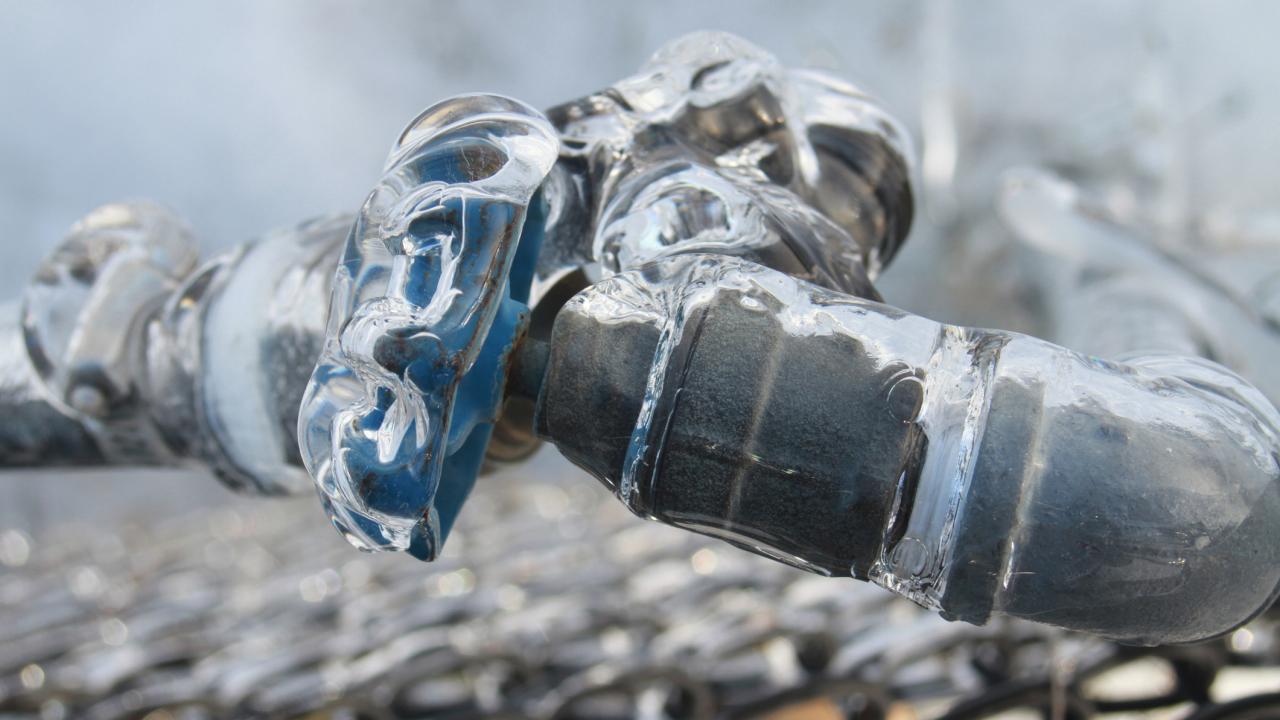Important Advice to Avoid Frozen Plumbing in Cold Weather: Specialist Insights
Important Advice to Avoid Frozen Plumbing in Cold Weather: Specialist Insights
Blog Article
We have stumbled on this post about Winter Plumbing Precautions: Preventing Frozen Pipes listed below on the net and accepted it made perfect sense to share it with you on this site.

Cold weather can wreak havoc on your plumbing, particularly by freezing pipelines. Below's how to avoid it from taking place and what to do if it does.
Introduction
As temperatures decline, the risk of icy pipes boosts, potentially leading to expensive repair work and water damages. Recognizing exactly how to stop frozen pipelines is essential for property owners in chilly climates.
Understanding Icy Pipelines
What causes pipelines to freeze?
Pipes ice up when subjected to temperature levels listed below 32 ° F (0 ° C) for prolonged durations. As water inside the pipelines ices up, it broadens, putting pressure on the pipeline wall surfaces and potentially creating them to break.
Threats and problems
Frozen pipelines can cause supply of water disturbances, home damage, and expensive repairs. Burst pipes can flooding homes and cause considerable architectural damages.
Indications of Frozen Pipeline
Recognizing frozen pipelines early can prevent them from bursting.
How to identify icy pipelines
Look for lowered water circulation from faucets, unusual odors or sounds from pipes, and visible frost on revealed pipes.
Prevention Tips
Protecting at risk pipelines
Wrap pipes in insulation sleeves or utilize warmth tape to secure them from freezing temperature levels. Focus on pipes in unheated or external areas of the home.
Heating strategies
Keep indoor areas appropriately warmed, particularly locations with pipes. Open closet doors to enable warm air to flow around pipelines under sinks.
Safeguarding Exterior Plumbing
Yard pipes and exterior taps
Detach and drain pipes garden hoses prior to winter season. Install frost-proof spigots or cover outdoor faucets with protected caps.
What to Do If Your Pipes Freeze
Immediate activities to take
If you presume icy pipelines, keep faucets available to eliminate pressure as the ice thaws. Utilize a hairdryer or towels taken in hot water to thaw pipelines slowly.
Long-Term Solutions
Architectural modifications
Take into consideration rerouting pipelines away from exterior walls or unheated areas. Add additional insulation to attics, cellars, and crawl spaces.
Upgrading insulation
Buy high-grade insulation for pipes, attics, and walls. Appropriate insulation assists maintain regular temperature levels and reduces the threat of frozen pipes.
Conclusion
Protecting against frozen pipes needs proactive actions and quick actions. By comprehending the reasons, indications, and safety nets, house owners can safeguard their pipes during cold weather.
5 Ways to Prevent Frozen Pipes
Drain Outdoor Faucets and Disconnect Hoses
First, close the shut-off valve that controls the flow of water in the pipe to your outdoor faucet. Then, head outside to disconnect and drain your hose and open the outdoor faucet to allow the water to completely drain out of the line. Turn off the faucet when done. Finally, head back to the shut-off valve and drain the remaining water inside the pipe into a bucket or container. Additionally, if you have a home irrigation system, you should consider hiring an expert to clear the system of water each year.
Insulate Pipes
One of the best and most cost-effective methods for preventing frozen water pipes is to wrap your pipes with insulation. This is especially important for areas in your home that aren’t exposed to heat, such as an attic. We suggest using foam sleeves, which can typically be found at your local hardware store.
Keep Heat Running at 65
Your pipes are located inside your walls, and the temperature there is much colder than the rest of the house. To prevent your pipes from freezing, The Insurance Information Institute suggests that you keep your home heated to at least 65 degrees, even when traveling. You may want to invest in smart devices that can keep an eye on the temperature in your home while you’re away.
Leave Water Dripping
Moving water — even a small trickle — can prevent ice from forming inside your pipes. When freezing temps are imminent, start a drip of water from all faucets that serve exposed pipes. Leaving a few faucets running will also help relieve pressure inside the pipes and help prevent a rupture if the water inside freezes.
Open Cupboard Doors
Warm your kitchen and bathroom pipes by opening cupboards and vanities. You should also leave your interior doors ajar to help warm air circulate evenly throughout your home.

I was shown that report on Preventing and dealing with frozen pipes through a friend on our other site. Don't hesitate to take the time to promote this entry if you enjoyed it. Bless you for your time. Please come visit our website back soon.
Call Today Report this page